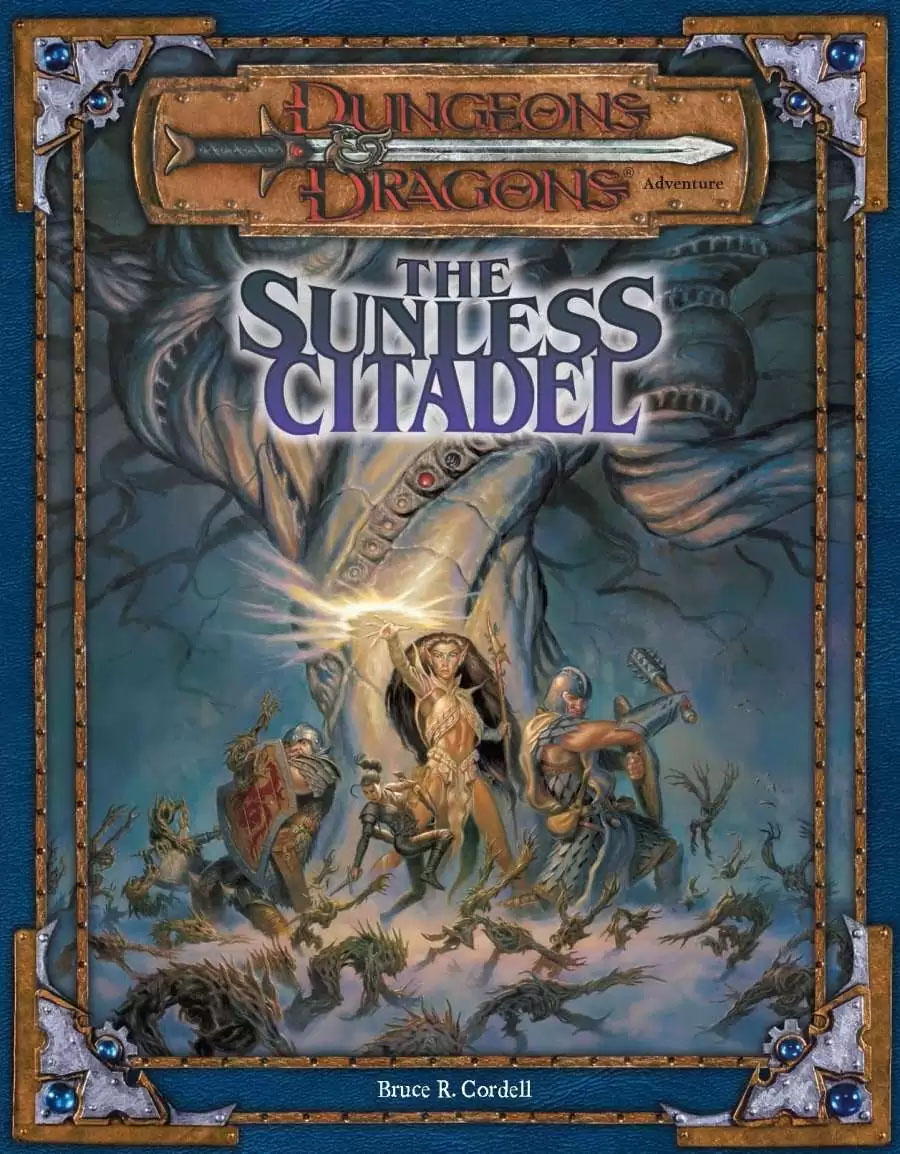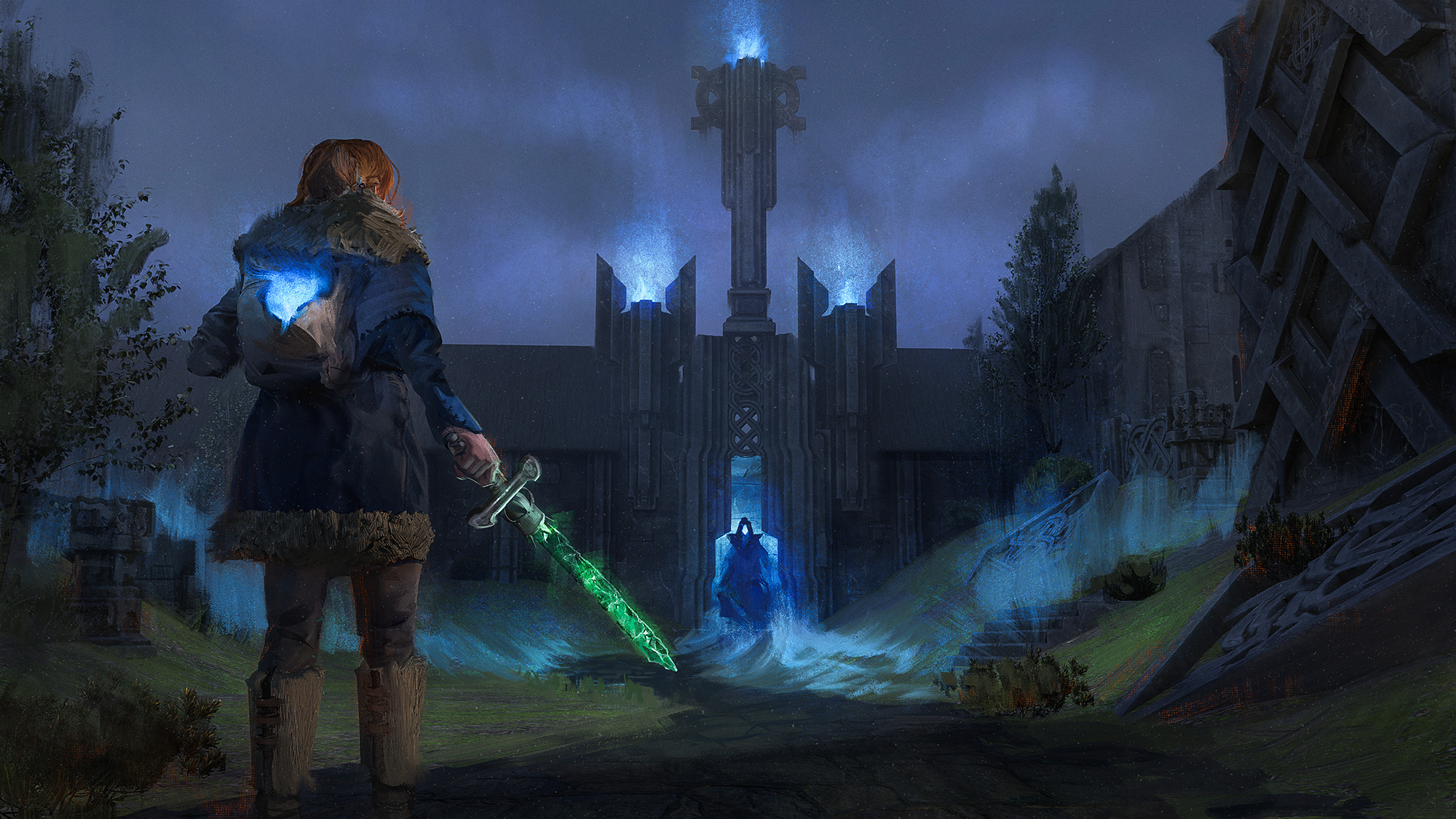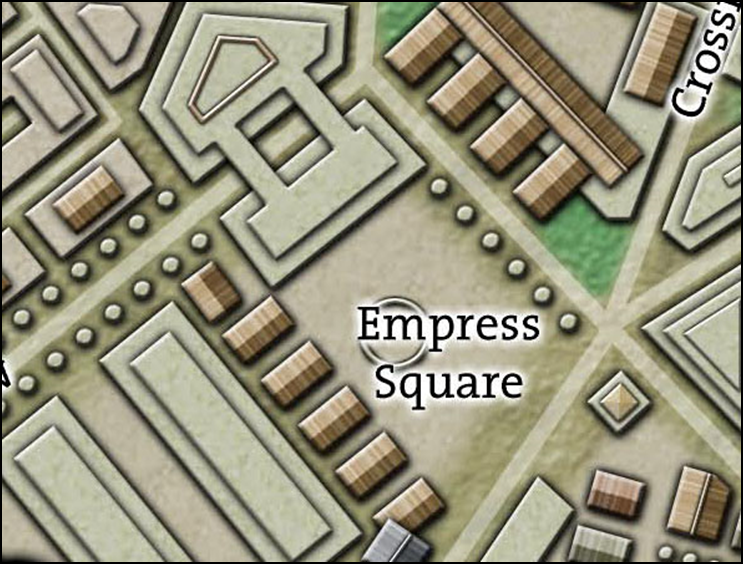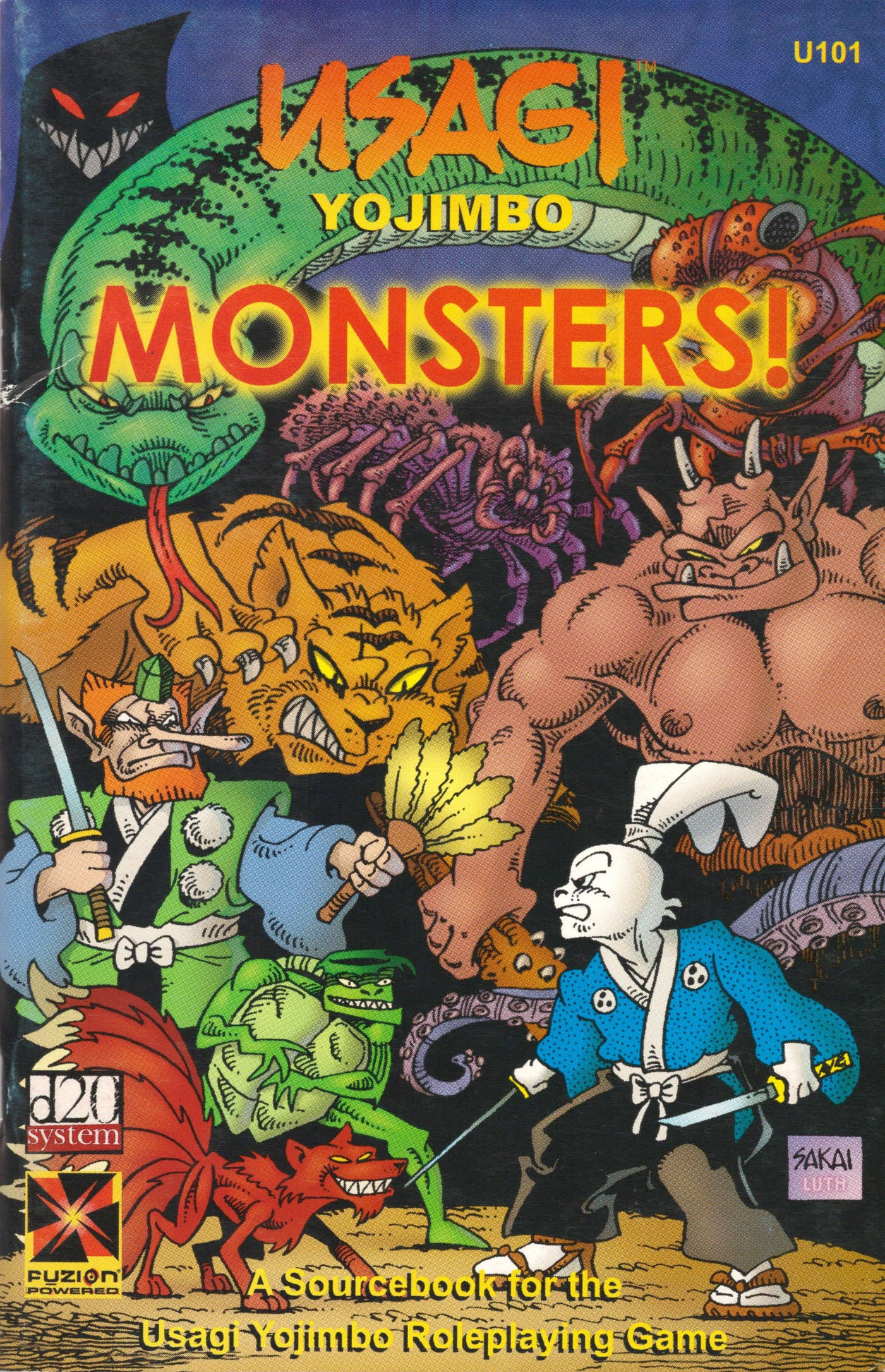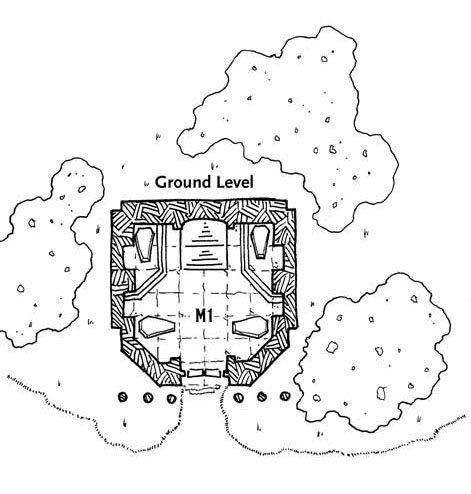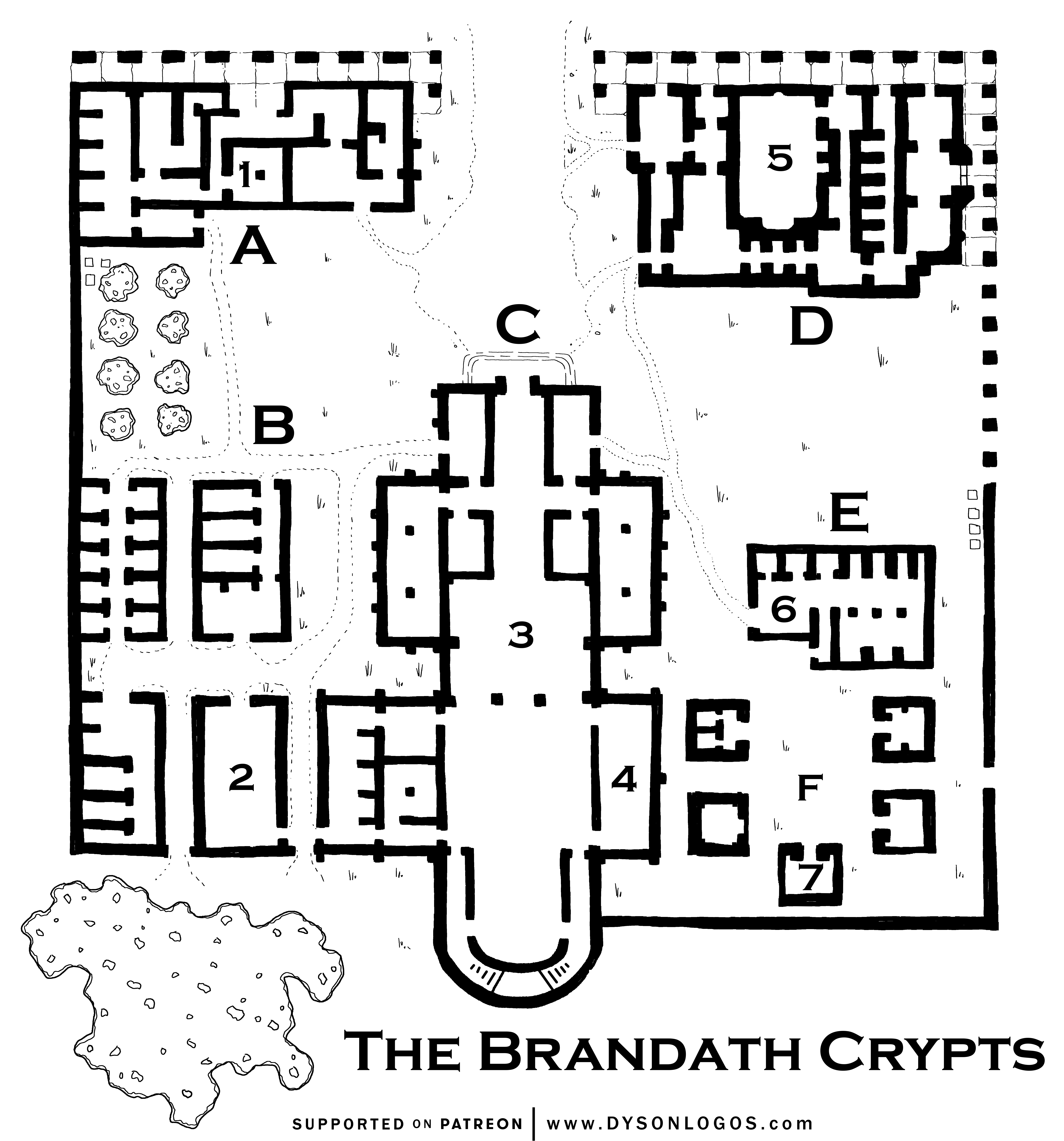The D20 Trademark License means that Wizards of the Coast has to compete with John Tynes, Chris Pramas, John Nephew, and a half dozen design studios. Can they do it? Of course they can.
Review Originally Published December 29th, 2000
Writing a low-level adventure for D&D is a thankless and difficult task: The most interesting monsters in the game don’t become available until the characters start hitting the mid-range levels. The challenges you do concoct must be kept simple. Nor can you effectively spice things up with intrigue, because low-level characters are assumed to be low on society’s totem pole.
With The Sunless Citadel, however, Bruce Cordell has put together an extremely impressive introductory package for WotC’s first generic module for the third edition game. Not only has he taken the usual suspects of goblins and kobolds and done something interesting with them, he’s also designed a dynamic environment with the assumption that the PCs will be gaining experience and power as they go. The result is something I haven’t really seen since the heyday of the 1st edition classics: A module with some real heft to it – with a lot of potential to leave your play group with epic stories. And, unlike its 1st edition predecessors, The Sunless Citadel doesn’t suffer from an unbelievable scenario and nonexistent plotting – quite the contrary.
The fact that Cordell has pulled this off in 32 pages designed for 1st level characters is extremely impressive.
PLOT
Warning: This review will contain spoilers for The Sunless Citadel. Players who may end up playing in this module are encouraged to stop reading now. Proceed at your own risk.
The structure which is now known as the Sunless Citadel was a “once-proud fortress that fell into the earth in an age long past”. Three important things have occurred in the long years which have passed since: First, a vampire was killed deep in the core of the citadel. The stake which pierced his heart was green, however, and took root. The tree which grew – known as the Gulthias Tree – is a thing of unspeakable evil. Twice each year the Gulthias Tree gives forth a single fruit: At Midsummer a ruby-red apple capable of granting health, vigor, and life; at Midwinter an albino apple which takes the same. There is a catch to this, however: The seeds of either fruit, if planted, will grow into a tree – which will then transform itself into a hideous and mischievous creature known as a twig blight. The Gulthias Tree is currently tended by an evil druid by the name of Belak, who has hatched a plan to infect the world with these twig blights.
Second, the citadel became the home of a roving goblin tribe – who have allied with Belak (largely because Belak and the strange Gulthias Tree frighten them).
Third, and most recently, a group of kobolds – seeking to worship the dragon gods of the citadel, have also moved in (coming into conflict with the goblins). The kobolds brought with them a young dragon hatchling (showing the flexibility of the third edition – allowing even first level characters to effectively tangle with dragons) – who has recently been kidnapped by the goblins.
The module is location-based: The PCs need to move through the sections of the dungeon controlled by the kobolds, then the goblins, and finally into the lower levels which are dominated by the Gulthias Tree. There is also a section of the citadel which has remained sealed since it sunk beneath the earth – giving a total of four different adventuring environments for the PCs. (There is also an entrance to the Underdark, which can be used at the GM’s discretion.) However, the module also has its dynamic components: For example, if the PCs keep their heads about them they can negotiate with the kobolds and use them as allies to punch through the goblin-controlled territory.
Cordell also does a nice job of planting a couple of seeds (pardon the pun) for future adventures: For example, the twig blights which have been released on the surface are still running around – and the PCs may end up running into them again.
WEAKNESSES
All right, I think the case has been sufficiently made for why you should pick up The Sunless Citadel, so let me now spend a couple of quick minutes analyzing its faults:
First, the adventuring hooks are fairly weak. The only one with real potential, in my opinion, involves the heroes being hired to discover what happened to another adventuring party which disappeared after going out to the Citadel (this is developed nicely in the module itself – the only weakness being that there’s really no explanation for why this other adventuring party decided to head to the Citadel in the first place).
Second, there’s no EL chart for this adventure. Dungeon Magazine has them. The third party developers have them. One should be here – particularly considering the probable desire for DMs to do on-the-fly adjustments to EL levels.
Third, there’s one whopping inconsistency at the adventure’s conclusion: Two of the missing adventurers have been captured by Belak, who has used the Gulthias Tree to transform them into helpless supplicants. The primary adventure text claims that, if the Gulthias Tree is cut down, the supplicants will become mindless and bestial. A sidebar specifically designed to explain the supplicants, however, claims that, if the Gulthias Tree is cut down, the supplicants will immediately die.
Fourth, Cordell does a really excellent job of making the Sunless Citadel a dungeon that makes sense… almost. There are a couple of key flaws here, both of which involve the goblins: First, it makes sense for Belak to be here (this is where the Gulthias Tree is). It also makes sense for the kobolds to be here (they’re worshipping the dragon idols of the Citadel). Unfortunately, the goblins aren’t given a similarly compelling reason for deciding to live here: Why don’t they go up to the surface and farm the vast expanses of empty land which the adventure text tells us surround the citadel?
The other key flaw is far more disturbing to the adventure’s essential structure: Belak uses the goblins to sell the magical fruit of the Gulthias Tree to the nearby villagers (who plant the fruit, furthering the spread of the twig blights across the surface world). Unfortunately, Cordell has designed a dungeon in which the goblins have been completely cut off from the surface world by the kobolds. Whoops.
The only other major problem I have with The Sunless Citadel is this: Dungeon Magazine has a lower price, more pages, and higher production values. Something doesn’t quite add up there.
But my rave review of Dungeon is for another time. Suffice it to say, for now, that The Sunless Citadel is a bargain at ten bucks: Although its only thirty-two pages long, there’s enough material here to fuel your game for at least two weeks and possibly as much as month. Great stuff.
Style: 4
Substance: 4
Title: The Sunless Citadel
Authors: Bruce R. Cordell
Company: Wizards of the Coast
Line: Dungeons & Dragons
Price: $9.95
ISBN: 0-7869-1640-0
Production Code: TSR11640
Pages: 32
Phew! Thank goodness this module has such great plotting, right? (Oof.)
As I’ve mentioned in a few previous commentary on these older reviews, Justin the Younger was still operating under the Plot is Adventure/Adventure is Plot paradigm even as I was beginning to figure out the pitfalls of that paradigm. This sometimes produced cringe-worthy results; sometimes just ones that are a little incoherent to my modern eyes.
Also feels like I was aggressively nitpicky in trying to find “weaknesses” in the module. The only criticism I actually have of the module today is that its dungeon design is a little over-linear, but fortunately it’s not particularly difficult to xander it up. The truth is my esteem for The Sunless Citadel has only grown over the years: I’ve run it three or four times now, and almost certainly will again. The lore is cool, the factions compelling, the upper level fun to explore, and the lower level creepy as hell.
The Sunless Citadel is also the birthplace of the twig blights. And I love those little bastards.
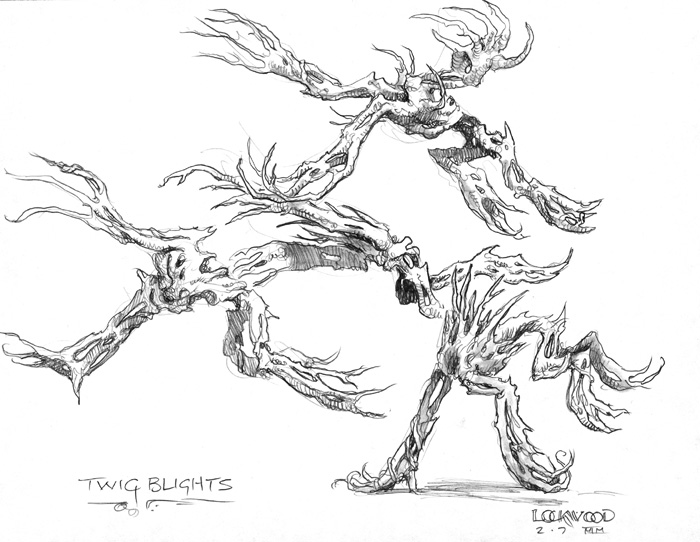
For an explanation of where these reviews came from and why you can no longer find them at RPGNet, click here.

